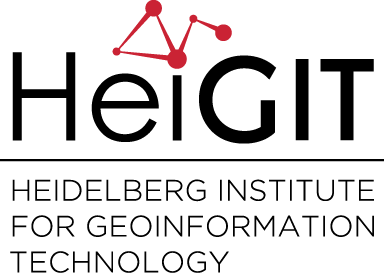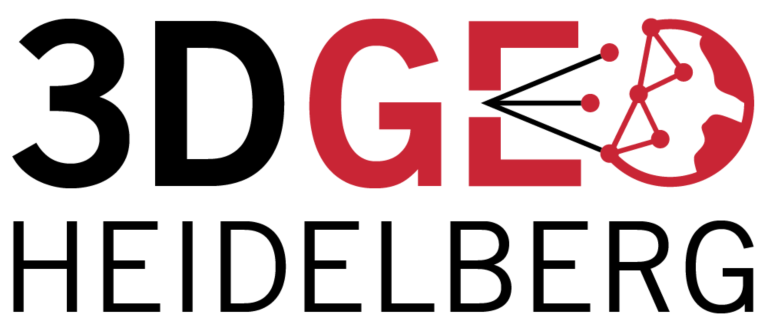Author: GIScience HD
-
GIScience in practice during the KinderUni Heidelberg
On Saturday, 18.03.2017, the Neuenheimer Feld of the University Heidelberg was the area of interest for children participating in the GIScience KinderUni workshop at the Institute of Geography “MapSwipe und uMap – Mach‘ mit beim Mappen an PC, Tablet und Smartphone”. After an introduction about Geography and Geodata in general, they could do some mapping…
-
Towards evaluating the mobile crowdsourcing of geographic information about human settlements
Geographic information crowdsourcing is an increasingly popular approach to derive geographic data about human settlements from remotely sensed imagery. However, crowdsourcing approaches are frequently associated with uncertainty about the quality of the information produced. Although previous studies have found acceptable quality of crowdsourced information in some application domains, there is still lack of research about…
-
HeiGIT at FOSSGIS: today several presentations on OSM technology
in case you are this week not at CeBIT in the north of Germany, but rather at FOSSGIS in the south, you have the chance meet us also there and listen to several presentations on OSM work at HeiGIT and GIScience HD by our team member Martin Raifer. The main talk will be on OSM-History-Analysis…
-
VGI-Analytics Deadline Extended: CfP for short workshop papers (March 28) and full Journal Papers for GSIS Special Issue (June 9)
VGI-Analytics offers two formats for paper submission: Workshop Short Paper (2000 to 3000-word manuscript) New Submission Deadline 28th March 2017. Authors are requested to follow the formatting guidelines for short paper submissions on the AGILE 2017 call for papers page and use the Word .doc template or the Word .docx template provided. Short papers should be…
-
osm-vis.geog.uni-heidelberg.de is Online
The set of interactive visualizations “OSMvis” from our GIScience HD team member Franz-Benjamin are now online at: http://osm-vis.geog.uni-heidelberg.de. Nice work Franz-Benjamin! OSMvis is a collection of visualizations related to OpenStreetMap (OSM), in particular the OSM database, the OSM wiki, and the use of OSM data in general. OSMvis aims at exploring the generation, modification, and use…
-
A Framework of Quality Assessment Methods for Crowdsourced Geographic Information: a Systematic Literature Review
Crowdsourced Geographic Information (CGI) has emerged as a potential source of geographic information for different domains. Despite advantages associated with it, such information lacks quality assurance, since it is provided by different individuals. Several authors have investigated different approaches to assess CGI quality. Some of the existing methods have been summarized in different classification schemas.…


